Whenever I look at a scramble of caramelized onions, my mouth waters. And actually, in the picture above, the onions aren’t caramelized – they’re cooked thoroughly, but they’re tinted dark brown with aged balsamic vinegar, so they look caramelized. No matter – this onion stuff is really tasty. It didn’t take nearly as long as usual to make it because the onions only cook for about 20 minutes.
The title doesn’t tell you that there are a few prunes in this. People get so turned off about prunes – too bad, because they’re really good, and particularly so in this confit (con-FEE). With a French word like confit, it implies that it’s a French dish – and indeed it may be. By definition confit means meat (usually duck) but it can also mean any concoction that’s cooked low and slow with some kind of oil/butter/fat. In this case there’s a little olive oil and butter, but very little. And no meat.
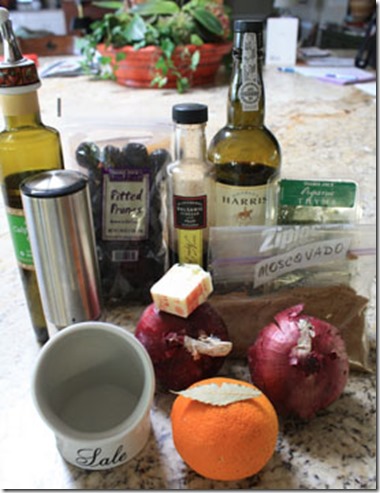 The recipe had been in my to-try file for awhile (since ‘09) – I found it at Delicious:Days (a blog). She based her recipe on the original which came from a cookbook by Catherine Atkinson called Perfect Pickles, Chutneys & Relishes. So, I suppose this could be called a chutney (it would be wonderful on a turkey sandwich) or a relish (served with pork or chicken?). It is “pickled” as such because it does contain some GOOD aged balsamic vinegar – you need the acid in order to call it pickles!
The recipe had been in my to-try file for awhile (since ‘09) – I found it at Delicious:Days (a blog). She based her recipe on the original which came from a cookbook by Catherine Atkinson called Perfect Pickles, Chutneys & Relishes. So, I suppose this could be called a chutney (it would be wonderful on a turkey sandwich) or a relish (served with pork or chicken?). It is “pickled” as such because it does contain some GOOD aged balsamic vinegar – you need the acid in order to call it pickles!
There at left are all the ingredients. Hiding on the right side are the fresh thyme and the moscovado sugar. And the tall bottle is 10-year old Port. I used tawny port because that’s what I had, without using the really aged stuff that’s for sipping/drinking, not for cooking. Some people might say I should use that for cooking, but at $40 a bottle, no, I don’t think so! For drinking (which is rare, but when I want it I want it to be good stuff) I buy good Portuguese Port (from Oporto, the town in northern Portugal from whence nearly all their production comes).
The onions are cooked over low heat with the olive oil and butter for awhile, then you add in some of the ingredients and cook for about 15 minutes, then the remaining ingredients and cook for another 10-15 minutes. By then the onions are totally cooked through and the liquids have mostly evaporated and you’ll left with that unctuous tangle of onions that’s so good on a cracker or with cheese.
The recipe suggested serving it with an aged Gouda (see picture at top) and some other kind of French cheese I’d not heard of, so I bought some domestic Brie (not imported only because I thought the onions 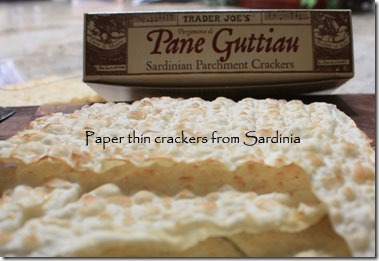 would overpower the subtlety of a truly ripe and aged Brie). I scooped some of the onion mixture on top of the Brie and the rest I left in a bowl for people to scoop with the cheeses or with crackers. You could also serve it on top of cream cheese – it just wouldn’t be as authentic. Most of our group didn’t care for the onion confit with the Gouda – they either ate the Gouda with a cracker, or they ate the Brie with the onions.
would overpower the subtlety of a truly ripe and aged Brie). I scooped some of the onion mixture on top of the Brie and the rest I left in a bowl for people to scoop with the cheeses or with crackers. You could also serve it on top of cream cheese – it just wouldn’t be as authentic. Most of our group didn’t care for the onion confit with the Gouda – they either ate the Gouda with a cracker, or they ate the Brie with the onions.
The only thing I’d change in the recipe is to cut the onions in smaller pieces. Because they stick together, it was hard to manipulate a little pile of them. It was either feast or famine with too little or too much of the onion mixture on a piece of cheese or a cracker.
Currently, I’m in love with a new cracker. Have you seen these paper-thin Sardinian crackers (above) at Trader Joe’s? They’re called Pane Guttiau. In my Trader Joe’s they’re with all the other crackers on top of one of the freezer cases. Once you open the package, keep it stored in a Zipiloc plastic bag or the crackers will soften. You can’t really see through them, but they are ridiculously thin and crispy and sometimes I have one of the crackers (pictured) and a slice of cheese for my lunch.
What’s GOOD: loved the flavor of this red onion and prune mixture. It is sweet – just know that off the top – tawny Port is sweet, so I probably made it more so by using it rather than a drier style. You don’t serve very much on any one bite, but it is sweet. But then, red onions are sweet once you cook them down anyway. Next time I won’t use tawny Port. And I’ll probably eliminate the sugar altogether.
What’s NOT: nothing at all. Recipe says it only keeps for a few days. I don’t know why it wouldn’t keep for a couple of weeks. The acid and sugar should keep it fresh for awhile. If it lasts that long.
Files: MasterCook 5+ and MasterCook 14 (click on link to open recipe in MC)
* Exported from MasterCook *
Red Onion Confit with Port Wine and Prunes
Recipe By: inspired by Perfect Pickles by Catherine Atkinson (on Delicious Days blog)
Serving Size: 8
2 tablespoons butter
2 tablespoons olive oil — may use up to 3
2 cups sliced red onions — sliced about 1/4″ thick and cut into smaller pieces
5 fresh thyme sprigs
1 bay leaf
2 tablespoons muscovado sugar — light brown sea salt and freshly ground black pepper
1/3 cup prunes — finely chopped
1/2 orange — juice only [I used all the juice as it was a small orange]
3 tablespoons aged balsamic vinegar — [I used a fig balsamic which is thick and sweet like aged balsamic)
3/8 cup port wine — (use a drier Port if you can find one)
Crackers to serve alongside
Brie cheese to spread it on, if desired
Notes: this mixture is sweet. If you want it less sweet, use a dry style Port and don’t add the sugar. Or cut down the amount by half. I used all of the juice of an orange, and once cooked down, it added sweetness also. Plus, the prunes are sweet as well.
1. Heat the butter and half of the olive oil over low to medium heat in a large pot and add the sliced and chopped onions. Cover with a lid and cook for 10 minutes while stirring occasionally.
2. Add the thyme sprigs, the bay leaf and muscovado sugar, then season with sea salt and freshly ground black pepper. Cook uncovered for 10 to 15 minutes until the onions are tender. Again, don’t forget to occasionally stir – the onions are not supposed to gain (much) color.
3. Add the finely chopped prunes and the liquids: the orange juice, the balsamic vinegar and the port wine.Reduce heat until the mixture slightly simmers and keep stirring regularly until most of the liquid has evaporated, about 15 minutes. Remove thyme stems and bay leaf and discard.
4. Add the remaining olive oil to give a glossy finish and season to your own taste. Perhaps more vinegar for an extra tangy note? A bit more pepper to spice things up? Keeps in the fridge for several days. [I served it with crackers and with an aged Gouda and Brie. We particularly liked it with the Brie.]
Per Serving: 123 Calories; 6g Fat (50.7% calories from fat); 1g Protein; 13g Carbohydrate; 1g Dietary Fiber; 8mg Cholesterol; 31mg Sodium.





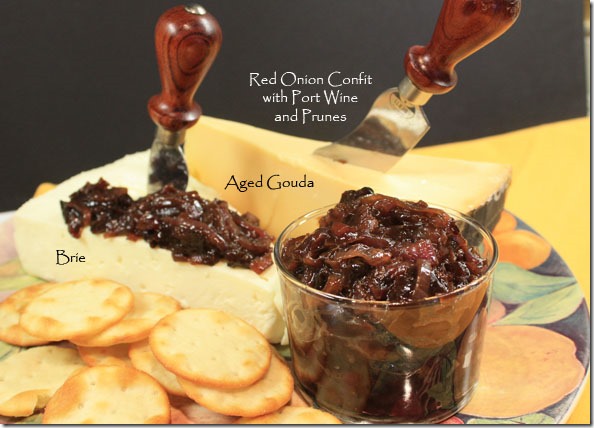

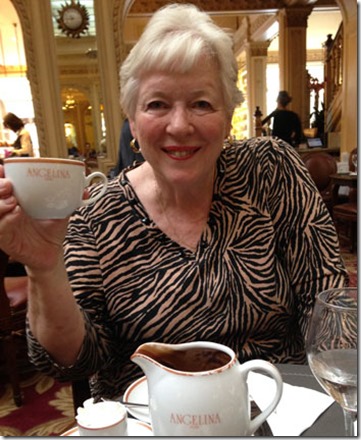
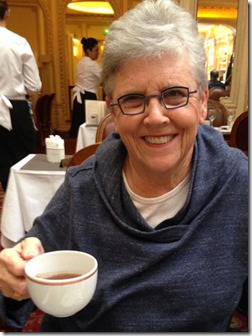
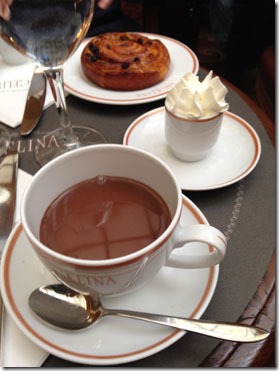
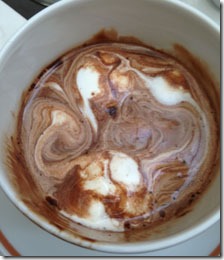
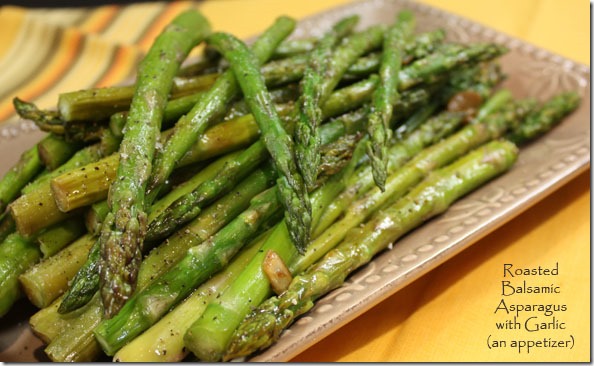
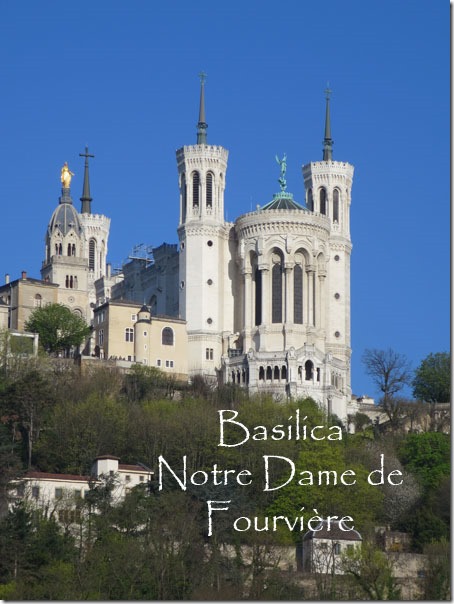

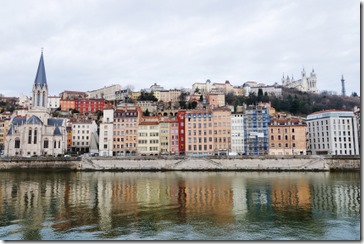
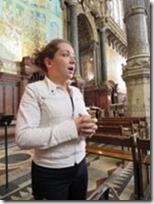
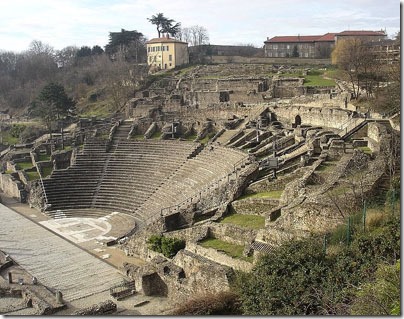
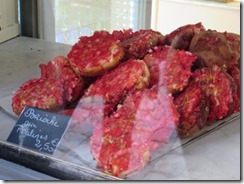
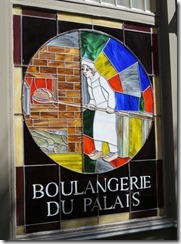
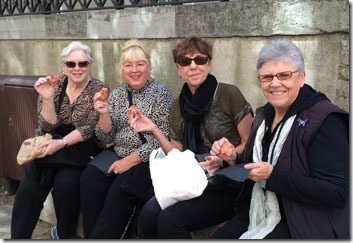
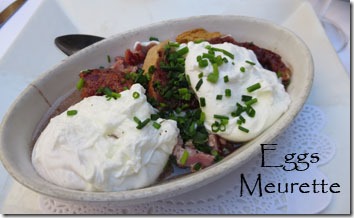
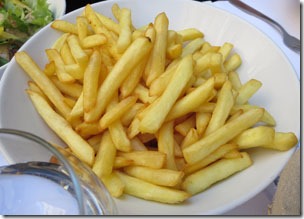
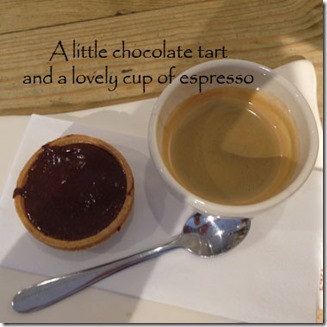
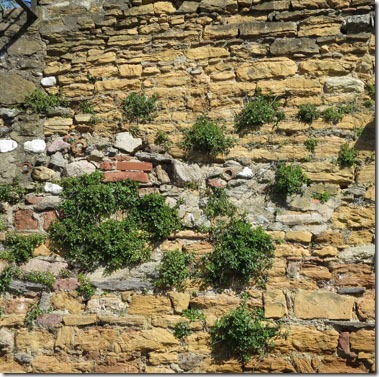
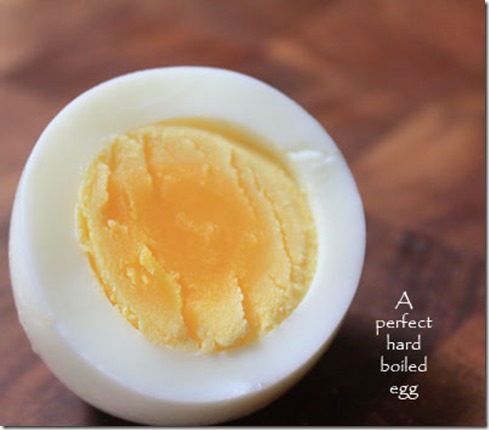
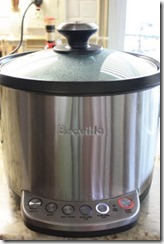
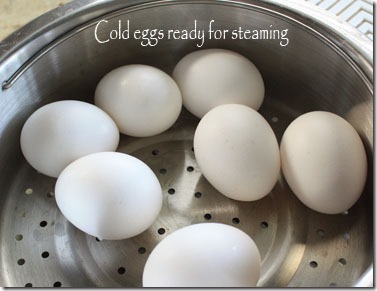
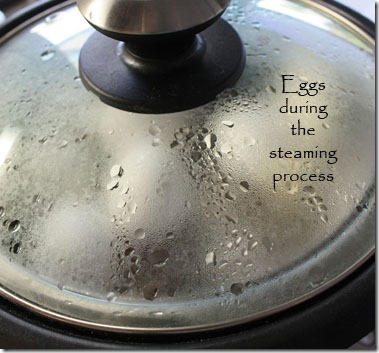
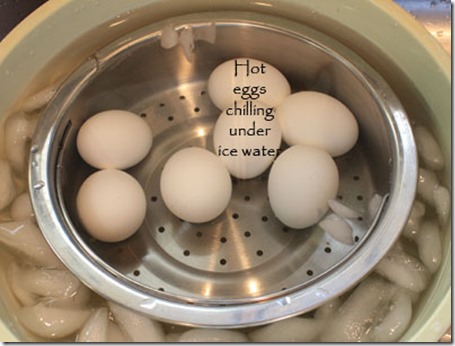
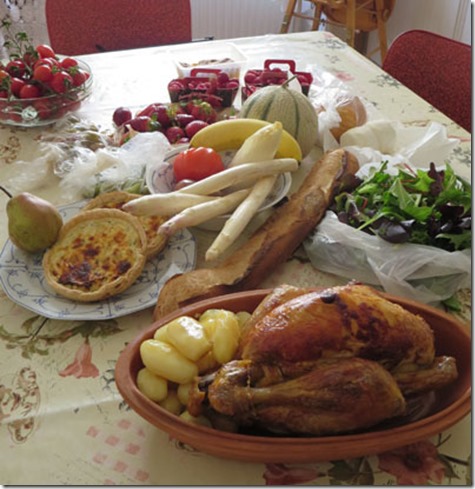
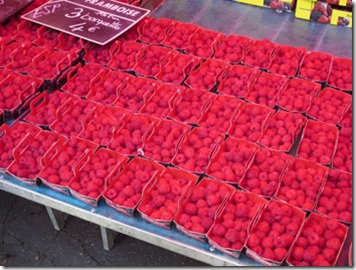
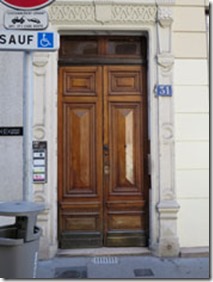
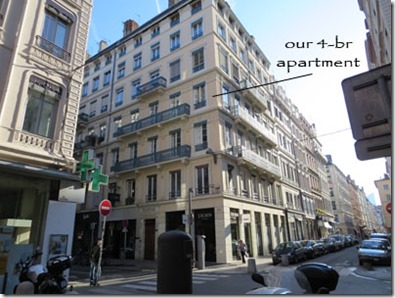
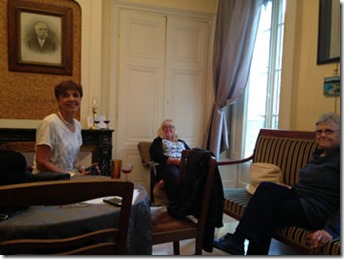

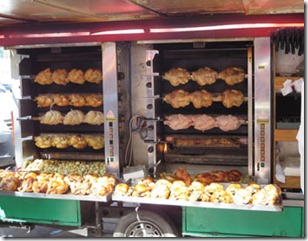
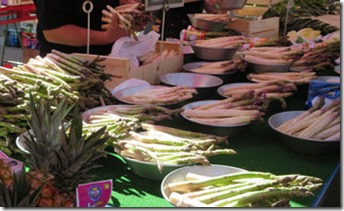
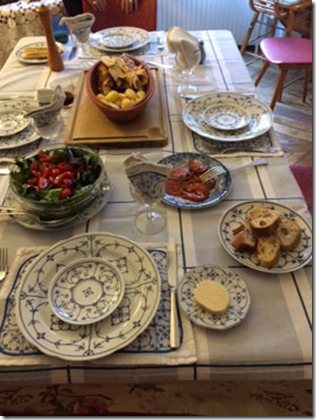
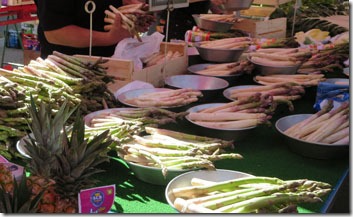
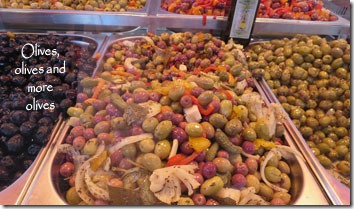
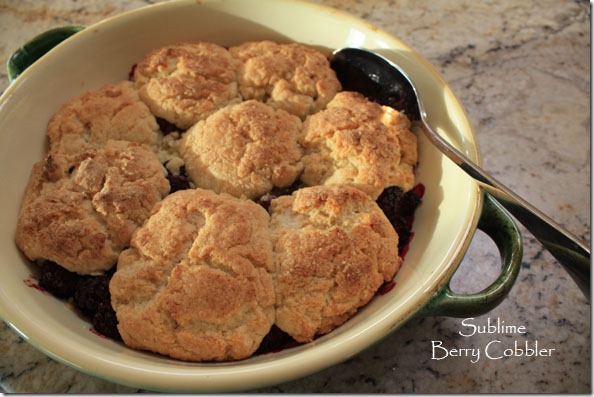
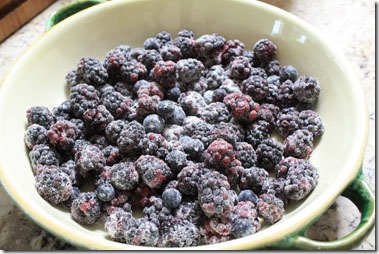
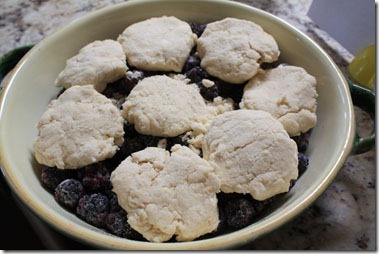

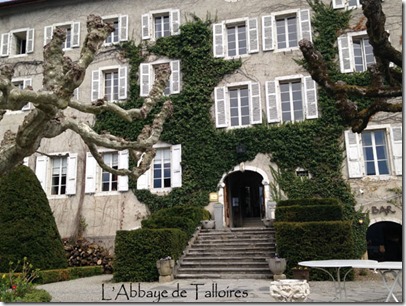

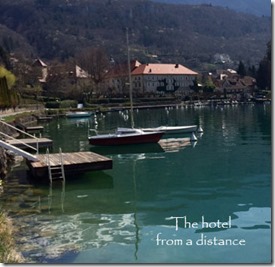
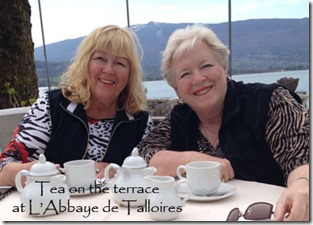
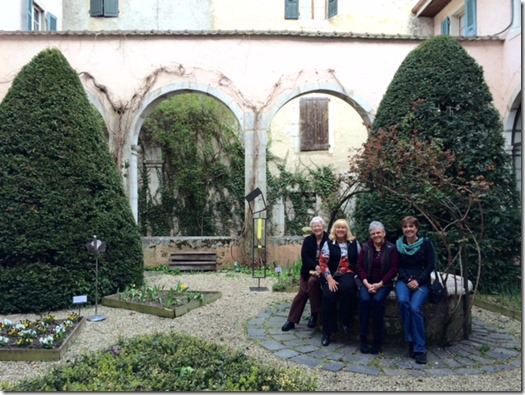
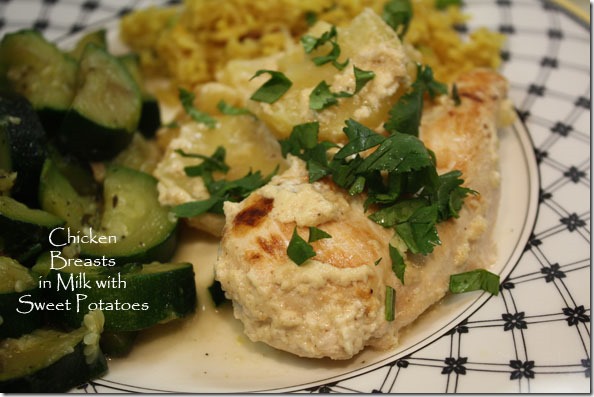
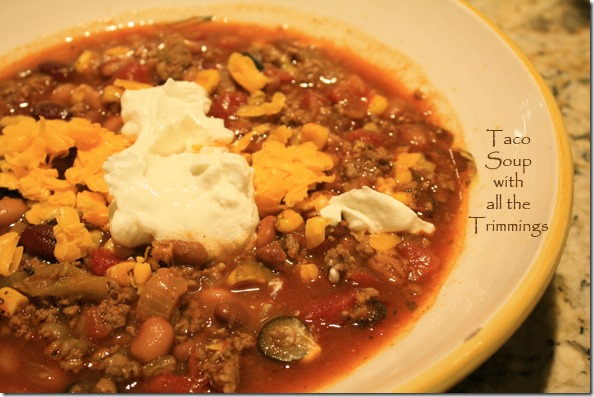
Leave a Comment!